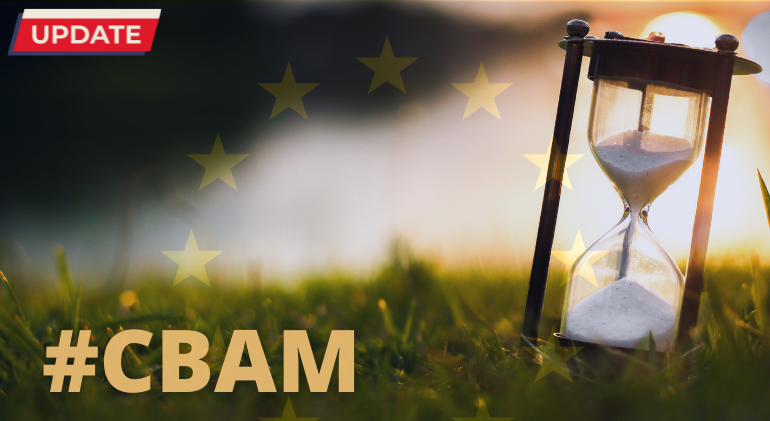

The European Union has formally unveiled today specific rules for importers on implementing the world’s first carbon border tax. These guidelines in the form of its Implementing Regulation were published today in the EU’s official journal, highlighting the processes to be followed by EU importers in light of the Carbon Border Adjustment Mechanism (CBAM) during its transitional phase.
The Carbon Border Adjustment Mechanism is a groundbreaking initiative by the European Union. CBAM aims to level the playing field between EU producers who bear carbon pricing costs and foreign producers who don’t face these charges. It discourages businesses from seeking cheaper production methods. These might entail higher carbon emissions in countries without strict environmental regulations.
This transitional phase of CBAM, set to begin on October 1 this year, will last until the end of 2025. During these critical years, the rules specify that importers or their indirect customs representatives will take on significant responsibilities. Key among these is the obligation to present detailed reports capturing:
The Implementing Regulation, formally published today, details the methodology for measuring, calculating and monitoring CO2 emissions, a key component of the CBAM quarterly reporting process, obligatory for all importers of products in six industries.
This formalization of rules marks a significant step in the EU’s determination to implement the CBAM regulation. The CBAM is a vital part of the EU’s plan to achieve carbon neutrality by 2050. Apart from its environmental impact, the regulation will affect international trade. Businesses and economies who export to the EU may feel the effects of CBAM. As we approach the transitional phase, EU importers and manufacturers worldwide must adapt to this new international trade landscape.